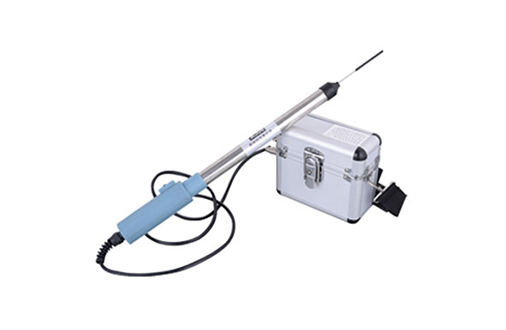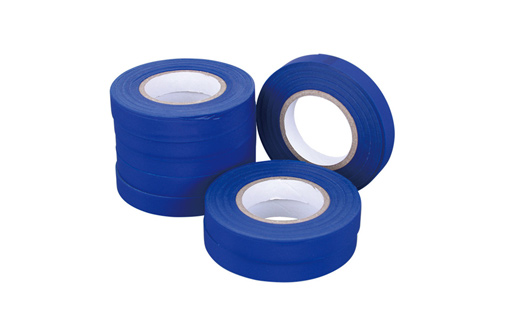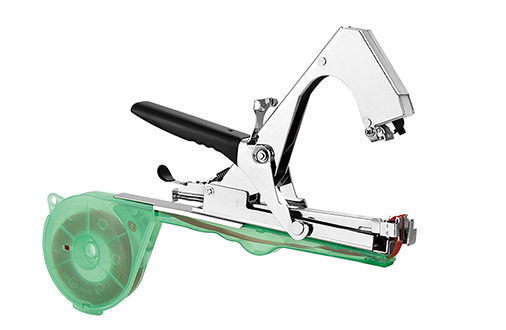Chainsaw Three Questions Answered
1. How to set the correct depth gauge for a chainsaw?
The depth gauge setting determines the serration cut depth. If the depth is set too low, very little wood will be planed. If the depth gauge is set too high, the chainsaw teeth will cut too deep into the wood. This creates a sharper cut, resulting in strong vibrations. This also increases the risk of kickback and the chainsaw will be subject to unnecessary stress.
During normal wear, the depth gauge should be checked every 3-5 times the saw chain is sharpened, and more often during periods of excessive wear. Please use a depth gauge tool and a flat file to check and set the correct height. The depth gauges are stamped with the words "soft" and "hard" to indicate that they are suitable for softwoods (conifers) and frozen or hardwoods, respectively.
2. How often should an electric chain saw file the saw chain?
Even if you avoid cutting into objects that detract from the sharpness (rock, soil, etc.), the sharpness of a electric pruning chainsaw will suffer after a period of use. Then the saw chain becomes dull. If the saw chain cuts into a rock, the chain will not be usable and must be sharpened immediately. If you're using your chainsaw most of the day, you'll need to sharpen the chain with a file every time you refuel. It is easier to sharpen a little often than to wait a long time to file. You also get better sawing accuracy and work more efficiently.
3. How to buy a chainsaw?
Mobility is the biggest limitation. Chainsaws are always connected to an available power source. If that source is within 150 feet of your sawing project, you have a cordless electric chainsaw, or you have a bulky generator lying around. There is a considerable trade-off in cutting power compared to pneumatic chainsaws. This loss of power limits the user to cutting smaller trees and limbs and is not suitable for felling logs and felling large trees. You can't ask a chainsaw to do power jobs any more than you can ask a power saw to do well in jobs that require skill.
You'll have some good considerations when buying the electric version. As most gas operators are familiar with, it takes some preparation time to get a pneumatic saw up and running. The little electric is up and running in seconds, with a reliable start and stop slide of switches and triggers. The cost of purchasing electricity is much lower than the cost of gas burners and the cost of operation and maintenance. When pruning twigs in an urban landscape, electronics are often light-weight and comfortable.



